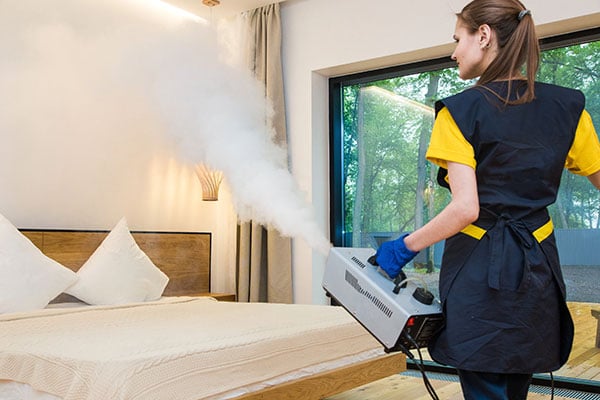Bed bug infestations can occur in any nearly any type of facility, both residential and commercial. But when a bed bug infestation happens in a condo association where units are individually owned, who is accountable? Read on to learn more about when the condo association is responsible for the bed bugs, when the unit owner is responsible, and what all parties can do to prevent this issue from getting out of hand.
When Is The Unit Owner Responsible?
Bed bug infestations can spread very rapidly, so if an individual unit's owner finds evidence of the pest and doesn't take immediate action to eradicate it and also notify the condo association, they could be found responsible. However, bed bugs can travel from place to place quite easily, so it's important to consider if you've recently been on a trip, had a guest, or brought in any new furniture that bugs could have hitched a ride on. If one of those circumstances is found to be the cause of the problem, another party is liable for the negligence and responsible for any damages that occur.
When Is The Condo Association Responsible?
In certain circumstances, the responsibility for the bed bug infestation may fall on the condo association. This is more of a problem in stacked condos as opposed to subdivisions. For example, when bed bugs migrate to multiple units through wiring, plumbing, or cracks in the walls, or spread to common areas, the association is required to take care of the pests as soon as possible because it's their job to maintain these parts of the building. This means that if a condo owner finds bed bugs in their unit, it's vitally important for the association to do a thorough check of other parts of the building as well.
In cases like these, in addition to exterminating the infestation throughout common areas of the building, the association may be required to take preventative measures to prevent any chance of future infestation. In some states, property owners are mandated by state law to do so, so be aware of what is required in your area.
How To Prevent Bed Bugs From Spreading
If a unit owner notifies the condo association of an infestation within walls or common areas and the association ignores this, an owner could file a claim, as this can be classified as a failure to maintain your facility or can even be seen as endangering the health of the community. So if an association becomes aware of the presence of bedbugs in common areas, it's essential to act quickly.
It's also important to work on preventing bed bugs in the first place. Thoroughly inspect units in your condo association before new owners move in. Repair any cracks or holes in the walls that may make it easier for bed bugs to spread. And always be sure to educate owners about the signs of a potential infestation and the steps they need to take if they notice these pests in their unit.
Because infestations spread so rapidly, never delay immediate action. Call an experienced exterminator as soon as you notice the first signs. And even if you've never had a problem in your condo association, bed bug policies can help sort out responsibility if the issue ever arises in the future, and preventative measures can act as an extra layer of protection.
If you are looking to write a policy for your condo association regarding bed bugs but don't know where to start, RealManage can help you tackle the unique problems that condo associations face. Contact us today for more information.





